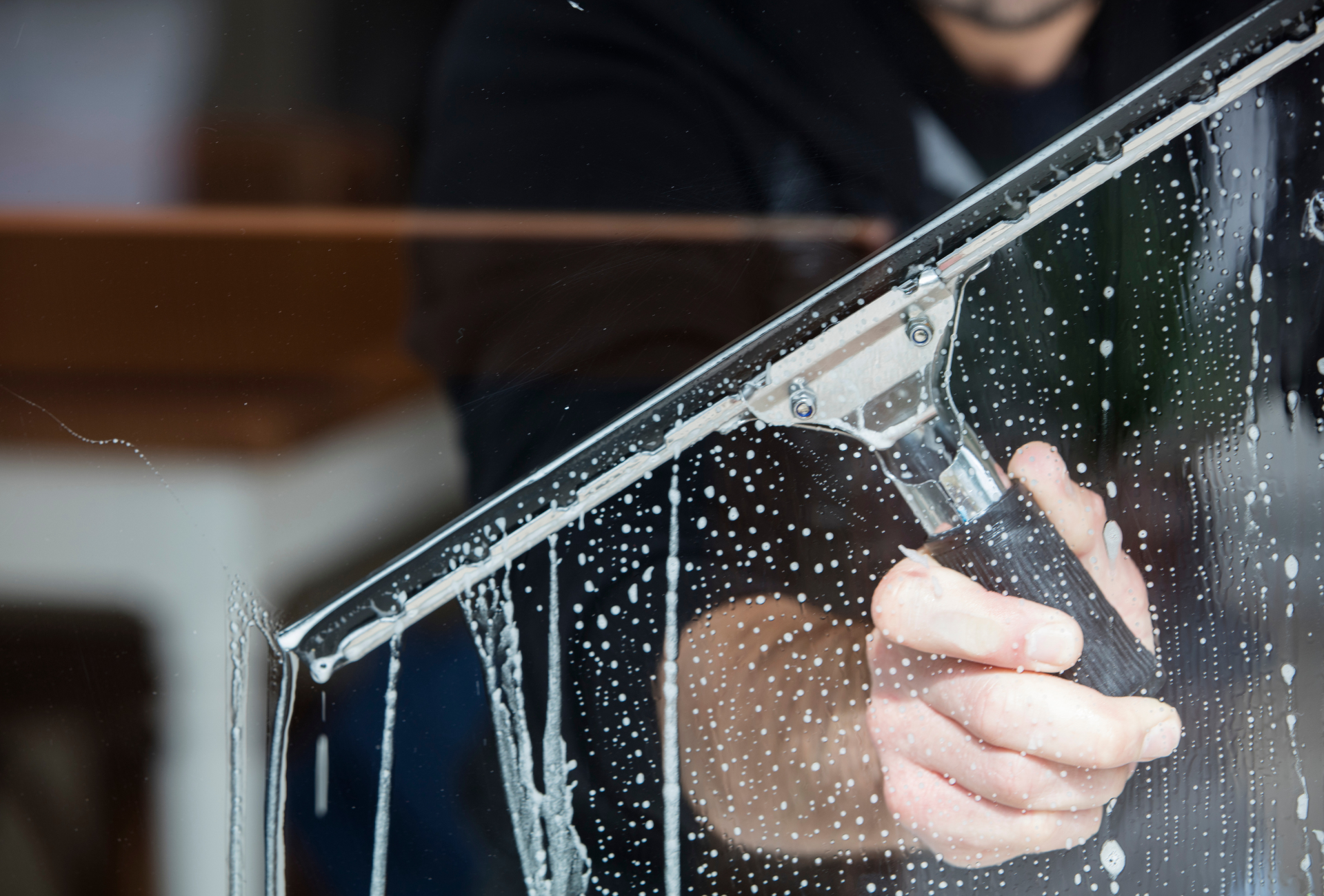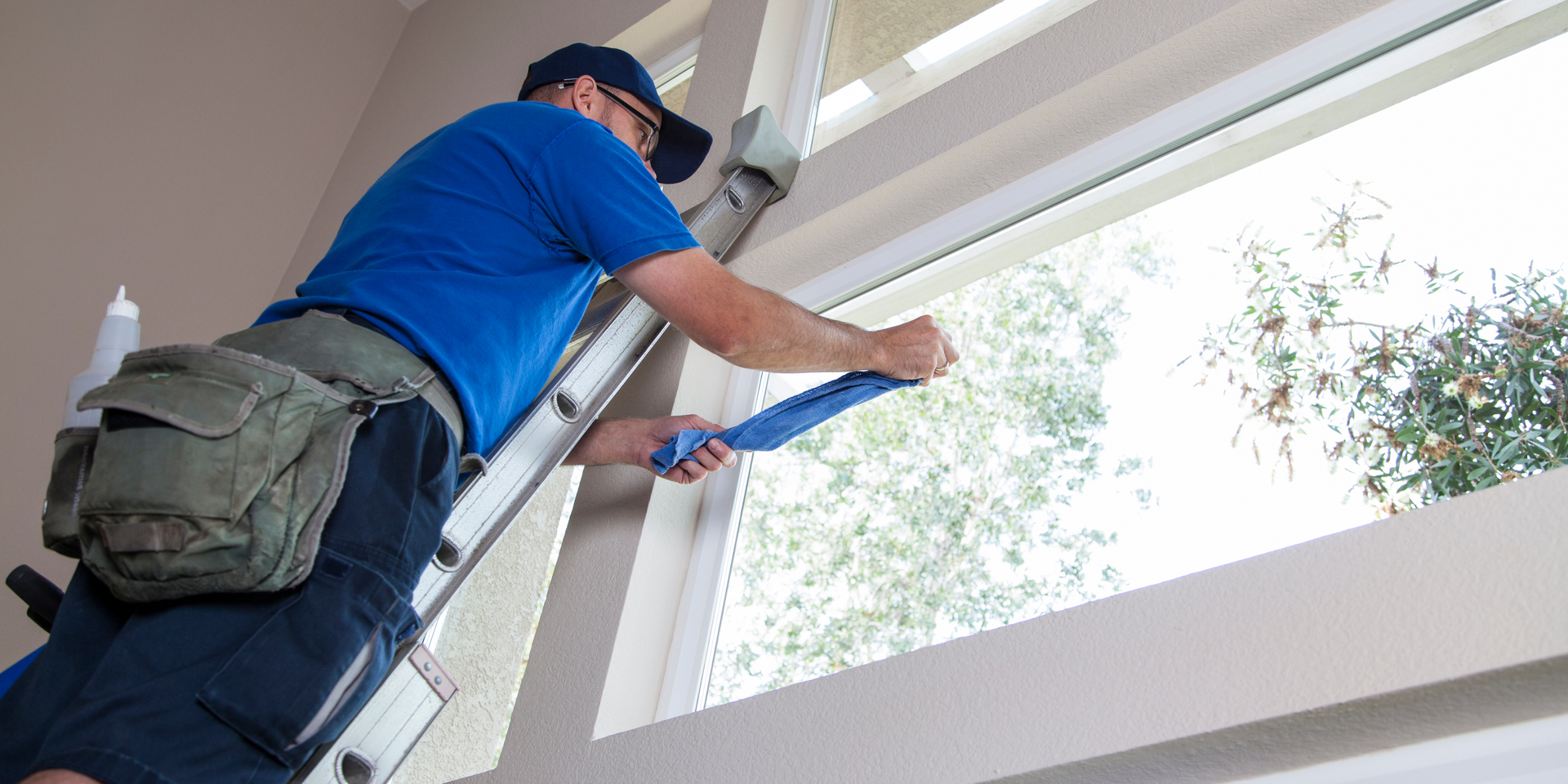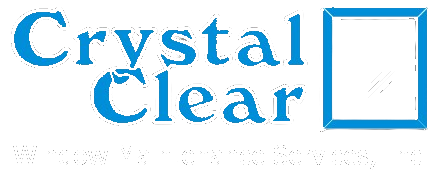Rain, Pollen, & Puget Sound Mist: How Local Weather Affects Your Windows

Seattle’s unique climate plays a huge role in how quickly your windows get dirty. While the city is famous for its frequent rain showers, other factors like pollen in spring and summer, as well as the salty mist from Puget Sound, also affect the cleanliness and longevity of your windows.
Rain is a double-edged sword for windows. On one hand, it naturally rinses away dust and dirt. On the other hand, because Seattle’s rainwater is relatively soft and often combined with airborne pollutants, it can leave behind stubborn mineral spots and streaks that dull the glass. These water spots can accumulate over time and even etch into the surface if not cleaned properly.
Pollen, especially in late spring and early summer, coats windows with a fine yellowish dust that becomes sticky when wet. When combined with rain, pollen can turn into a grimy film that’s tough to remove and can encourage mold growth in humid conditions.
Then there’s the Puget Sound mist, a subtle but persistent source of moisture and salt deposits. Salt particles carried by the mist can accelerate the buildup of grime and contribute to corrosion of window frames, especially those made of metal. This combination of moisture and salt means that Seattle’s coastal homes often require extra care to protect their windows.
How Often Should Seattle Homes Get Their Windows Cleaned?

Because of these weather conditions, the question of how often to clean windows is very relevant for Seattle homeowners.
Most experts suggest a minimum of twice a year for window cleaning — typically in the spring and fall. Spring cleaning targets the removal of winter grime and pollen buildup, restoring clarity after the wet, dark months. Fall cleaning is crucial to prepare your windows for the heavy rains of winter and to remove the summer’s accumulated dirt and salt deposits.
However, depending on your home’s location and exposure, you might need to clean more frequently:
- Homes near the water or in neighborhoods with high pollen counts may benefit from quarterly cleanings.
- If your property is surrounded by trees, frequent pollen and sap deposits can warrant more regular maintenance.
- Residences in urban areas with higher pollution might see faster dirt accumulation.
- Skylights, being exposed to direct sun and rain but difficult to reach, also benefit from more frequent cleaning.
Regular cleaning not only keeps your view crystal clear but also prevents dirt and debris from wearing down window seals and frames, ultimately extending the lifespan of your windows.
From Skylights to Low-Rises: Tackling Challenging Window Jobs Safely

Seattle’s varied architecture means window cleaning isn’t always straightforward. From rooftop skylights to multi-story buildings, each setup requires a tailored approach and professional care.
Skylights are tricky due to their height and vulnerability to leaks. Using the correct cleaning solutions and avoiding high-pressure water is key. Many homeowners rely on professionals with the right tools and experience to avoid damage.
Low-rise buildings (up to four stories) still pose access challenges. Professional cleaners use equipment like scaffolding, suspended platforms, or rope systems to reach difficult spots safely. These technicians are trained in safety protocols to ensure thorough, damage-free results.
Seattle’s weather brings both natural rinsing and persistent buildup. With moss, twigs, and seasonal rain all in play, a consistent cleaning schedule—tailored to your home’s location and window type—keeps your windows clear and protected.
Stay ahead of the grime, and you’ll enjoy Seattle’s stunning views through windows that look great and last longer.



